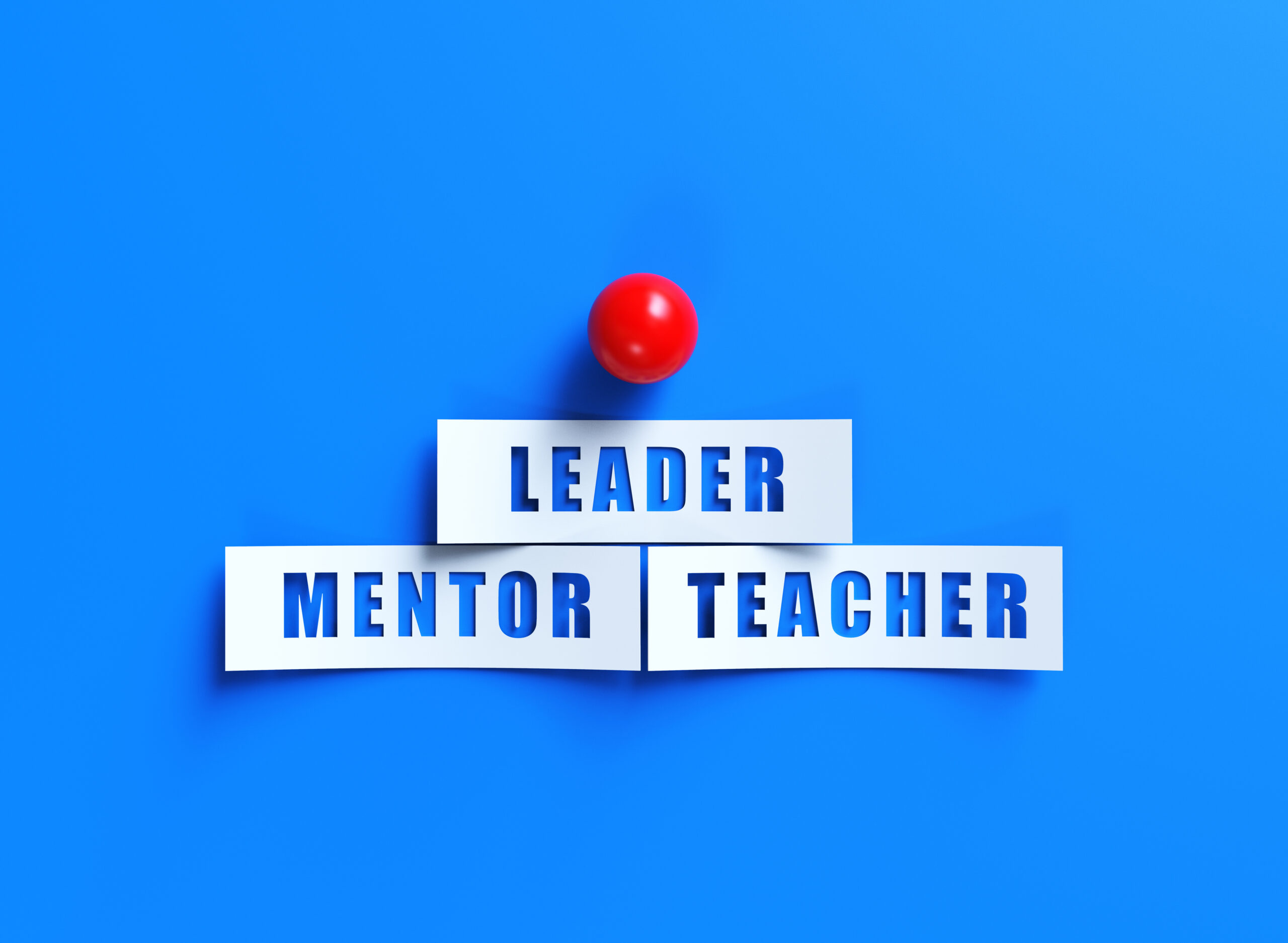In the fast-paced, demanding world of college education, joy might not be the first thing that comes to mind when we think about teaching. But bringing joy into the classroom can make a real difference; it boosts student engagement, sparks creativity, and supports academic success. Joyful learning is about building a space where curiosity can thrive, where students feel safe making connections, asking questions, and taking intellectual risks. When instructors intentionally weave joy into their teaching, they help students tap into their own motivation and foster a stronger sense of community and belonging. This article takes a closer look at how joyful pedagogy can turn the college classroom into a vibrant, supportive environment where students truly flourish.
What is Joyful Pedagogy?
Joyful pedagogy is an approach to teaching that fosters enthusiasm, engagement, and a deep sense of connection to learning. It cultivates the emotional and intellectual well-being of students by integrating curiosity, creativity, and meaningful collaboration into the learning process. According to Zull (2011), when students experience joy in learning, their brains are more receptive to new information, leading to deeper understanding and retention. This approach moves beyond traditional lecture-based instruction, incorporating active learning strategies and, yes, even some laughter along the way. Joyful pedagogy recognizes that students are more likely to succeed academically and personally when they feel a sense of ownership over their learning and when the classroom environment is supportive and stimulating.
By incorporating joyful teaching practices, educators create welcoming classrooms that inspire critical thinking and collaboration. Additionally, joyful pedagogy embraces flexibility and adaptability, allowing for various instructional methods that meet students’ individual needs.
The Power of Play
One powerful tool for cultivating joy in learning is play, something often overlooked in higher education. Play isn’t just for children; it’s an essential part of learning at all ages. Forbes and Thomas (2022) highlight that play supports overall well-being and serves as a meaningful pathway to learning, even for adult learners. In the classroom, play sparks joy, which can help reduce stress, boost optimism and resilience, and foster a more positive learning environment (Rylance-Graham, 2024).
Importantly, bringing joy into the learning process doesn’t mean sacrificing academic rigor. High expectations and challenging coursework can be upheld while making room for playful, joyful moments. In fact, play can offer much-needed balance, especially when tackling serious or emotionally heavy content (Forbes, 2021).
Research shows that enjoyment during learning increases blood flow to the brain, enhancing cognitive functioning (Purinton & Burke, 2019). When play and joy are intentionally woven into instruction, students often feel more connected to their professors and peers, relationships that can, in turn, motivate them to meet and exceed academic expectations (Forbes et al., 2022).
Play promotes flexible and creative thinking and increases productivity (Brown, 2009). It naturally draws students in, helping them engage more deeply and look forward to class. Because play is intrinsically motivating, it can shift how students relate to learning itself (Whitton & Moseley, 2019). Simply put, when students experience joy in learning, their engagement and their performance can thrive.
Practical Strategies for Infusing Joy
How can instructors bring joy into their day-to-day teaching? Below are two simple yet effective and easily adaptable strategies I’ve used in my courses.
On the first day of my Introduction to Special Education course, I arrive with a large sheet of poster paper and a collection of colorful paper scraps varied in shape, size, and color. As students enter the room, I invite each of them to choose a scrap of paper, any one they like. Before we begin introductions or any of the “usual” first-day business, I ask them to tape their chosen piece onto the poster, wherever they feel it belongs. Once everyone has placed their scrap of paper, I ask the following questions:
- Why did you choose the piece you did?
- Why did you place it where you did?
- What do you notice about the overall design the group created?
- Why do you think I started class this way?
- What might this activity represent?
This simple yet engaging activity sparks curiosity and sets the tone for a semester rooted in exploration, connection, and reflection. While I can’t take full credit for the idea, it’s an activity shared by Marilyn P. Rice in the Professors at Play Playbook (2022), I’ve made it my own by adding a meaningful twist. I save the class poster and bring it back on the last day of the semester, hang it on the board, and ask the students if they remember creating it. Then I ask some reflective questions such as
- How has your understanding of individual learners evolved since placing your scrap of paper on this poster?
- How might this visual metaphor reflect the diversity you’ll encounter in your future classrooms?
- What can you do to ensure every student feels like their “scrap of paper” belongs in your classroom?
The responses are always thoughtful, creative, and deeply personal. It’s a powerful way to bookend our learning journey and leave students with a lasting impression of the value of joy, inclusion, and connection in education.
To adapt the end-of-semester reflective questions to be relevant to a broader range of disciplines, the following could be posed:
- How have you grown or changed since that first day?
- What did you learn from your peers that has stayed with you?
- Why do you think we’re revisiting this activity now, at the end of the course?
- How might this visual metaphor of “many parts making a whole” guide you in your future classes, work, or life?
Alternatively, students could choose a second paper scrap to place on the poster, symbolizing their “after” self, creating a kind of before-and-after reflection.
Another example of joyful pedagogy involves using visual exploration to spark creativity and deepen understanding. While exploring the question “What is literacy?” I asked students to work in teams of two or three and head outside with their phones. Their task was simple: find and photograph something they believed represented literacy. They had 15 minutes to explore and return to class.
Once they returned, each group uploaded their photo to our online discussion platform. I projected the images for the whole class to see, and each team took a moment to explain why they chose their particular representation. The results were diverse, creative, and often surprising, ranging from street signs and murals to sculptures or even a menu spotted in an unexpected place.
This activity was not only fun and energizing, but it also prompted meaningful discussion about how literacy can take many forms in our everyday lives. It encouraged students to think beyond traditional definitions and consider how literacy shows up in the world around them.
Even better, this type of activity is easy to adapt to nearly any course topic. Whether you’re exploring themes like equity, identity, community, or content-specific concepts, inviting students to find and share visual representations brings movement, creativity, and fresh perspective into the learning experience.
If the aforementioned activities don’t quite fit your style, there are infinite ways to infuse joy into your teaching. For example, send students outside with chalk to solve a problem or equation on the sidewalk. Having students take a photo of their completed work to share with the class adds a collaborative element. Another example is to ask small groups of students to create and perform a short skit or role play to demonstrate a concept. This activity can add some fun along with a deeper layer of learning and engagement.
Bringing in board games or puzzles that connect to your course content is another engaging way to reinforce key concepts and spark curiosity. You can also flip the challenge by asking students to design their own games that relate to what they’re learning.
Even a quick three-minute brain break after 30 minutes of teaching can make a big difference. Ask students to stand up if possible and set aside all devices before the break begins. A brain break might include box breathing, stretching, structured movement, or a brainteaser. There are many resources available for brain break ideas, and they range from seated breathing exercises to dancing and everything in between. These quick pauses support focus and concentration, reduce stress, and contribute to a more positive learning experience (Tapp, 2020). Brain breaks can also help combat mental fatigue and give students a much-needed cognitive recharge.
Scaling Joy for Large Classes
Joy isn’t just for small seminar rooms; it is equally powerful in large lecture halls. In fact, joyful teaching may be even more important when students risk feeling lost in the crowd.
Here are a few scalable strategies:
- Create a Class Playlist: Let students contribute songs and play them before class begins to set a positive tone.
- Quick Icebreakers or Polls: Start class with a low-stakes question or prompt that encourages interaction.
- Digital Scavenger Hunts: Use online tools for creative, content-linked challenges.
- Infographic Partner Work: Students create visual summaries of key concepts together.
- Pop Culture Connections: Use memes or relevant songs to reinforce course material and spark discussion.
These small touches can build community and make content feel more relevant without a full course redesign.
Key Takeaway
Joyful learning doesn’t have to involve elaborate plans or major changes to your teaching. In fact, it often emerges from small, intentional moments that make the classroom feel more human, more connected, and more alive. You don’t need to overhaul your entire lesson; just try one simple idea that adds a spark of joy to your students’ experience and see where it leads.
These joyful moments can increase engagement, deepen connection, and foster a more positive learning environment. Most importantly, by weaving joy into our teaching, we have the invaluable opportunity to inspire a lifelong love of learning, one that reaches far beyond the walls of the classroom.
AI Disclosure: ChatGPT was used for basic copyediting and general proofreading to check for redundancies and identify grammatical and word usage errors. It was also used to inspire ideas for the title of the article.
Robin Wolpinsky, EdD, is a clinical assistant professor in the Mary Lou Fulton College for Teaching and Learning Innovation at Arizona State University. Her background and expertise are in school psychology, human development, special education, and adult learning. Dr. Wolpinsky is deeply committed to cultivating student success.
References
Brown, S. (2009). Play: How it shapes the brain, opens the imagination, and invigorates the soul. New York: Penguin Group (USA) Inc.
Forbes, L. (2021). The process of play in learning in higher education: A phenomenological study. Journal of Teaching and Learning. 15(1), 57-73.
Forbes, L. & Thomas, D. (2022). Professors at Play Playbook. Pittsburgh, PA: Carnegie Mellon University: ETC Press.
Purinton, E. & Burke, M. (2019). Student engagement and fun: evidence from the field. Business Education Innovation Journal, 11(2), 133-140.
Rice, M. (2022). Human growth and learning: Setting the stage. In Forbes, L. & Thomas, D. Professors at Play Playbook (pp. 92-93). Pittsburgh, PA: Carnegie Mellon University: ETC Press.
Rylance-Graham, R. (2024). The lived experience of play and how it relates to psychological well-being: An interpretive phenomenological analysis (IPA) study amongst undergraduate students from medicine, nursing, and allied health professions’ programmes in the United Kingdom. Nursing Research and Practice. Apr 3;2024:7871499. doi: 10.1155/2024/7871499.
Tapp, F. (2020, January 9). Kids need brain breaks – and so do adults. Brain Facts. https://www.brainfacts.org/thinking-sensing-and-behaving/learning-and-memory/2020/kids-need-brain-breaks-010920
Whitton, N. & Moseley, A. (2019). Play and learning in adulthood. In Whitton, N. & Moseley, A. Playful Learning: Events and Activities to Engage Adults. (pp. 12-24). New York: Routledge.
Zull, J. E. (2011). From brain to mind: Using neuroscience to guide change in education. Stylus Publishing, LLC.












